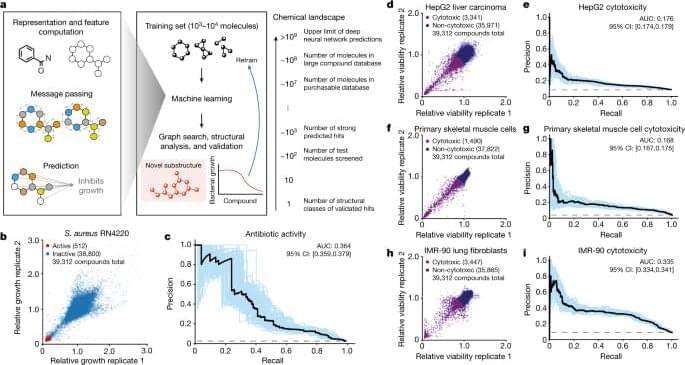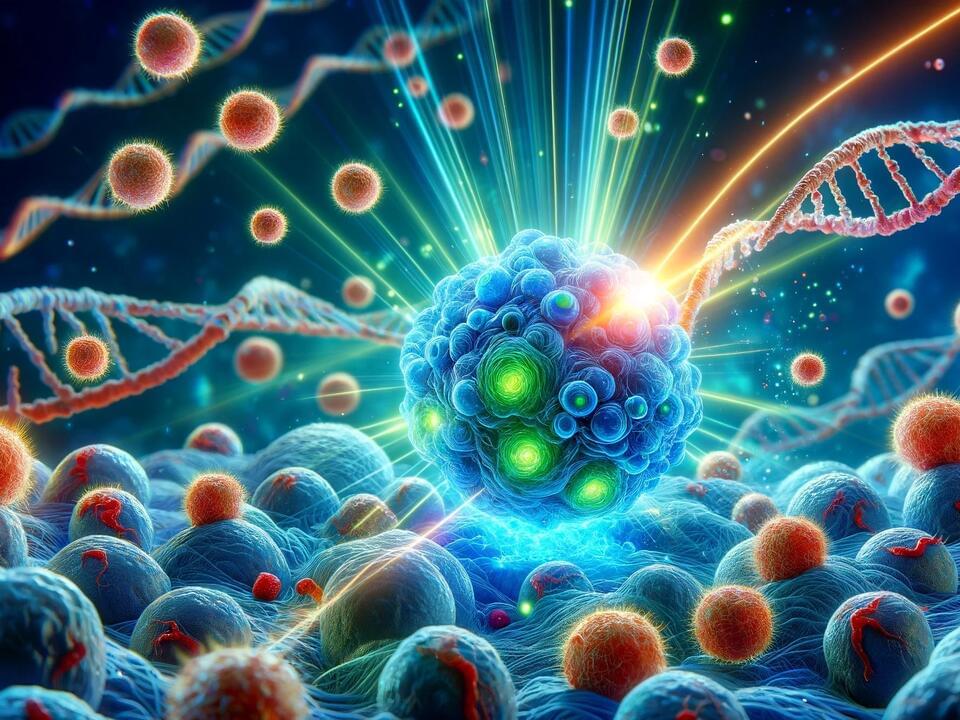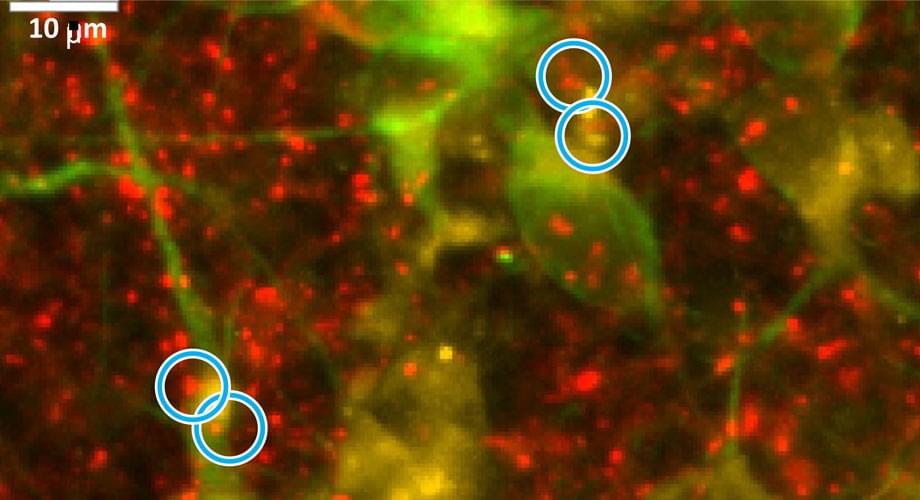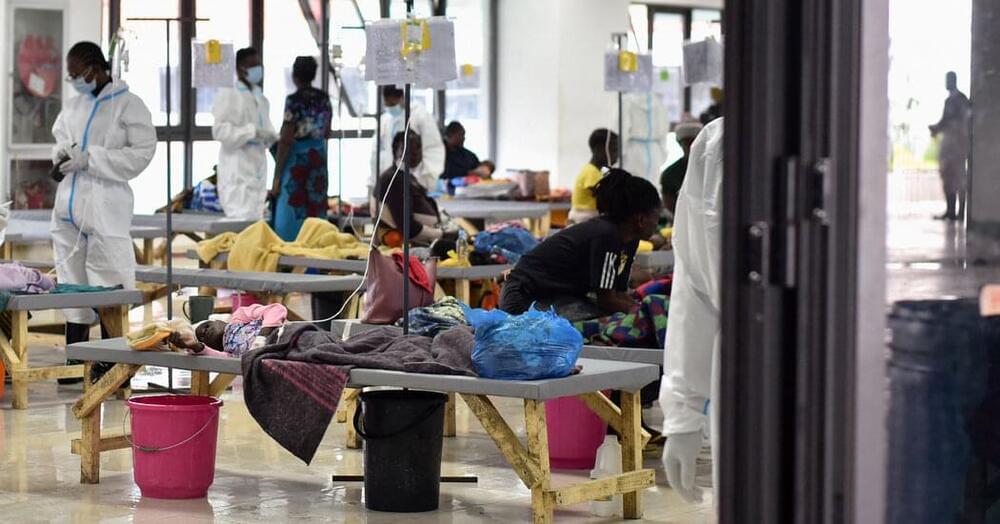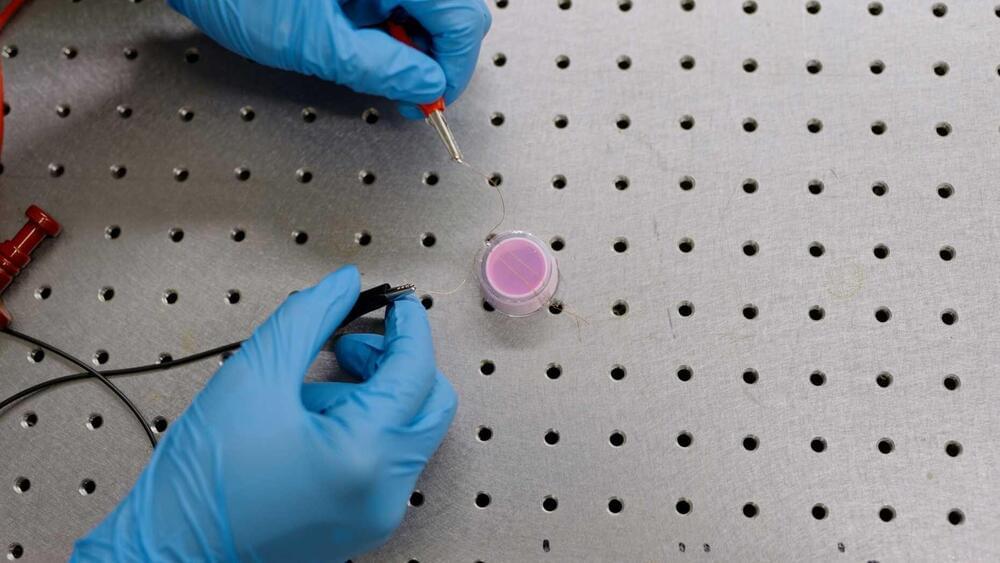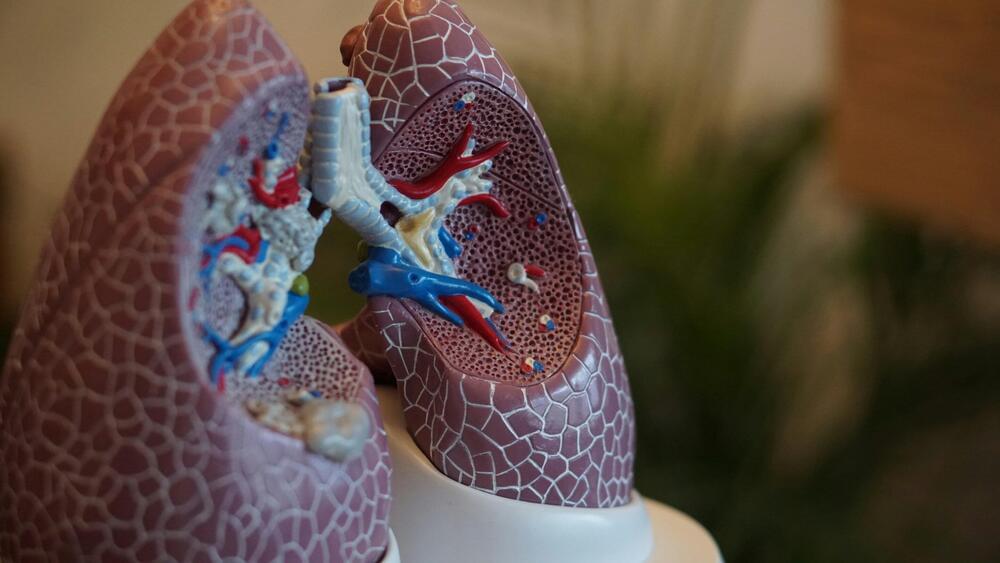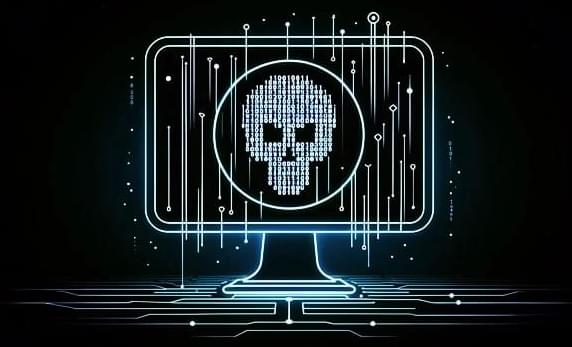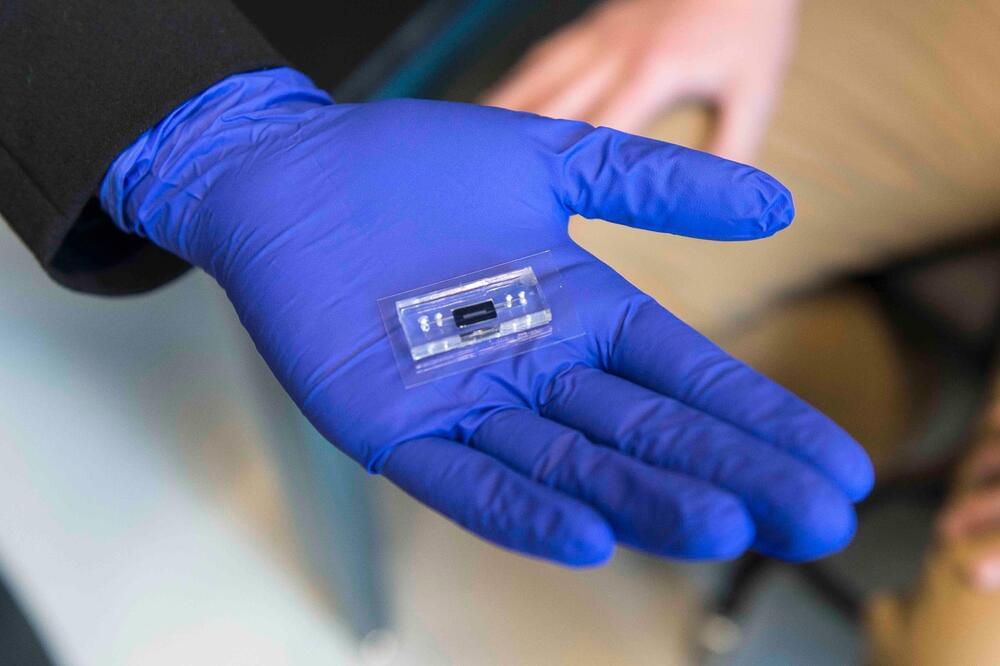An explainable deep learning model using a chemical substructure-based approach for the exploration of chemical compound libraries identified structural classes of compounds with antibiotic activity and low toxicity.
Researchers have engineered T cells with a cancer-derived mutation, boosting their potency against tumors over 100-fold without toxicity, marking a significant advancement in immunotherapy that could…
Nerve cells in the brain demand an enormous amount of energy to survive and maintain their connections for communicating with other nerve cells. In Alzheimer’s disease, the ability to make energy is compromised, and the connections between nerve cells (called synapses) eventually come apart and wither, causing new memories to fade and fail.
A Scripps Research team, reporting in the journal Advanced Science, has now identified the energetic reactions in brain cells that malfunction and lead to neurodegeneration. By using a small molecule to address the malfunction, which occurred in the mitochondria—the cell’s major energy producers—the researchers showed that many neuron-to-neuron connections were successfully restored in nerve cell models derived from human Alzheimer’s patient stem cells. These findings highlight that improving mitochondrial metabolism could be a promising therapeutic target for Alzheimer’s and related disorders.
“We thought that if we could repair metabolic activity in the mitochondria, maybe we could salvage the energy production,” says senior author Stuart Lipton, MD, Ph.D., Step Family Foundation Endowed Professor and Co-Director of the Neurodegeneration New Medicines Center at Scripps Research, and a clinical neurologist in La Jolla, Calif. “In using human neurons derived from people with Alzheimer’s, protecting the energy levels was sufficient to rescue a large number of neuronal connections.”
The waterborne disease has killed more than 4,000 people in seven countries over the past two years. Experts blame severe storms, a lack of vaccines, and poor water and sewer systems.
Roughly 1 in 2 wearers of ventricular assist devices are diagnosed with an infection. The reason for this is the thick cable for the power supply. ETH Zurich researchers have now developed a solution to mitigate this problem.
For many patients waiting for a donor heart, the only way to live a decent life is with the help of a pump attached directly to their heart. This pump requires about as much power as a TV, which it draws from an external battery via a seven-millimeter-thick cable. The system is handy and reliable, but it has one big flaw: Despite medical treatment, the point at which the cable exits the abdomen can be breached by bacteria.
ETH Zurich researcher and engineer Andreas Kourouklis is working to soon make this problem a thing of the past. With the support of ETH Zurich Professor Edoardo Mazza and physicians from the German Heart Center in Berlin, Kourouklis has developed a new cable system for heart pumps that doesn’t cause infections. The findings are published in the journal Biomaterials Advances.
A specific combination of targeted therapy and immunotherapy may better help patients with non-small cell lung cancer (NSCLC) overcome inherent immune resistance and reinvigorate anti-tumor activity, according to a new study led by a researcher from The University of Texas MD Anderson Cancer Center.
Results from the Phase II umbrella HUDSON study, published in Nature Medicine, demonstrate that the anti PD-L1 antibody, durvalumab, coupled with the ATR inhibitor, ceralasertib, provides the greatest clinical benefit of four combinations evaluated.
This pair had an objective response rate (ORR) of 13.9% compared to just 2.6% with the other tested combinations. Median progression-free survival (PFS) was 5.8 months versus 2.7 months for other combinations, while median overall survival (OS) was 17.4 months versus 9.4 months. In patients with ATM alterations, which should sensitize tumors to ATR inhibitors, the ORR increased to 26.1%. Durvalumab-ceralasertib had a manageable safety profile.
The threat actors behind the PikaBot malware have made significant changes to the malware in what has been described as a case of “devolution.”
“Although it appears to be in a new development cycle and testing phase, the developers have reduced the complexity of the code by removing advanced obfuscation techniques and changing the network communications,” Zscaler ThreatLabz researcher Nikolaos Pantazopoulos said.
PikaBot, first documented by the cybersecurity firm in May 2023, is a malware loader and a backdoor that can execute commands and inject payloads from a command-and-control (C2) server as well as allow the attacker to control the infected host.
With the upgraded GRAVITY-instrument at the Very Large Telescope Interferometer of the European Southern Observatory, a team of astronomers led by the Max Planck Institute for Extraterrestrial Physics has determined the mass of a black hole in a galaxy only 2 billion years after the Big Bang. With 300 million solar masses, the black hole is actually under-massive compared to the mass of its host galaxy. Researchers suspect what is happening here.
A paper on this work is published in the journal Nature.
In the more local universe, astronomers have observed tight relationships between the properties of galaxies and the mass of the supermassive black holes residing at their centers, suggesting that galaxies and black holes co-evolve. A crucial test would be to probe this relationship at early cosmic times, but for these far-away galaxies, traditional direct methods of measuring the black hole mass are either impossible or extremely difficult.
The woke Goody-2 chatbot’s guardrails are so geared towards safety, it won’t answer any question fully — but it’ll definitely tell you why.
An RIT engineering researcher bridges biology and computing to advance innovative neural network processing and storage using DNA molecules.
